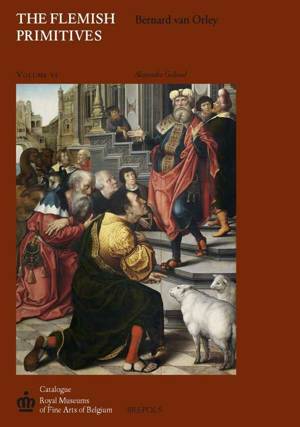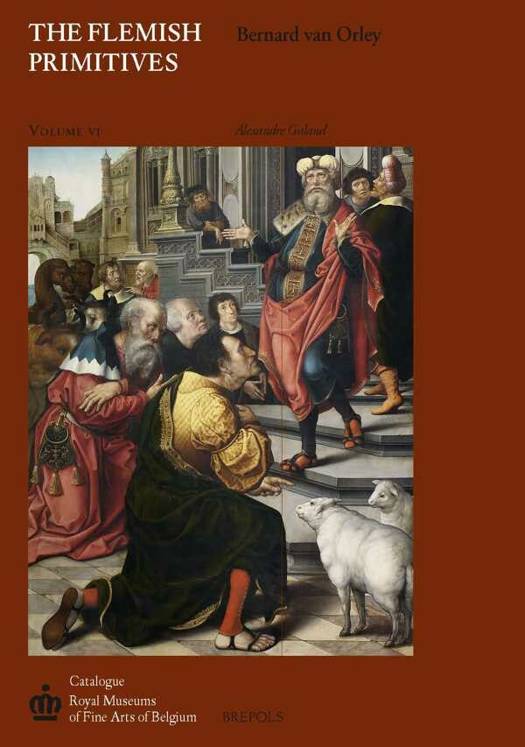
- Afhalen na 1 uur in een winkel met voorraad
- Gratis thuislevering in België vanaf € 30
- Ruim aanbod met 7 miljoen producten
- Afhalen na 1 uur in een winkel met voorraad
- Gratis thuislevering in België vanaf € 30
- Ruim aanbod met 7 miljoen producten
Zoeken
€ 164,30
+ 328 punten
Omschrijving
The years 1510 and 1520 appear to be a crucial moment for the introduction of the Renaissance in the former Netherlands. That period coincides with the first activity period of Bernard van Orley, a major witness of the transition. Until now, research has been concentrating on the artist through his superb tapestries. Yet, from the end of the first decade of the 16th century to 1521, when he signed the monumental Job and Lazarus Polyptych (Brussels, MRBAB/KMSKB, Inv. 1822), the artist produced paintings which integrated more and more shapes from the Italian peninsula. Did this change in perspective lead to significant differences in terms of workshop practices? How can works be best characterized when they make up the hard core of a catalogue with changing frontiers? In what way can archives shed new light on the artist's activity? Those questions are at the centre of a catalogue and essays, which aim to renew the vision of Bernard van Orley's painting, on the basis of the works kept in the Royal Museum of Fine Arts of Belgium.
Specificaties
Betrokkenen
- Auteur(s):
- Uitgeverij:
Inhoud
- Aantal bladzijden:
- 446
- Taal:
- Engels
Eigenschappen
- Productcode (EAN):
- 9782503545752
- Verschijningsdatum:
- 4/06/2013
- Uitvoering:
- Hardcover
- Formaat:
- Genaaid
- Gewicht:
- 24399 g

Alleen bij Standaard Boekhandel
+ 328 punten op je klantenkaart van Standaard Boekhandel
Beoordelingen
We publiceren alleen reviews die voldoen aan de voorwaarden voor reviews. Bekijk onze voorwaarden voor reviews.











